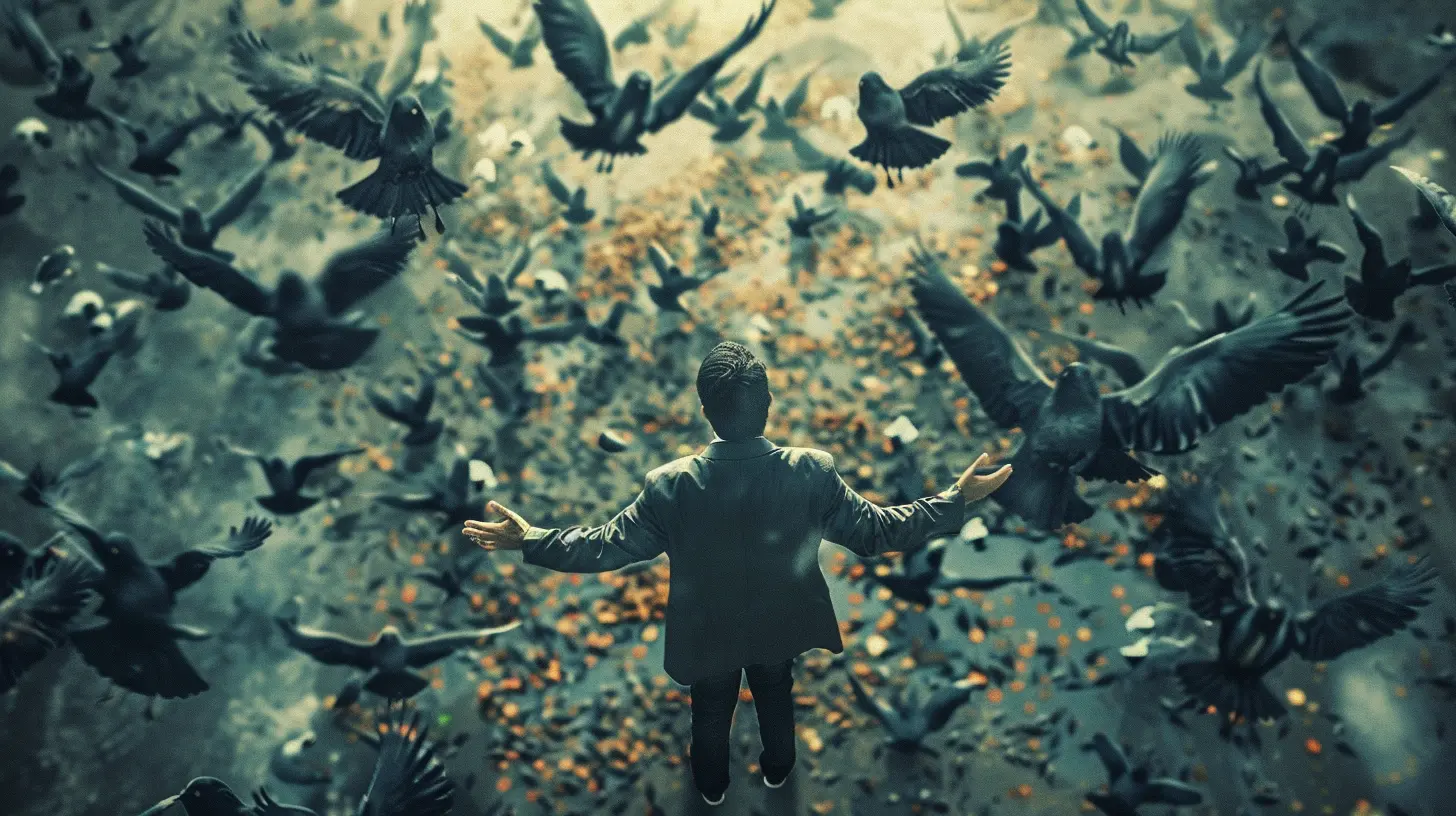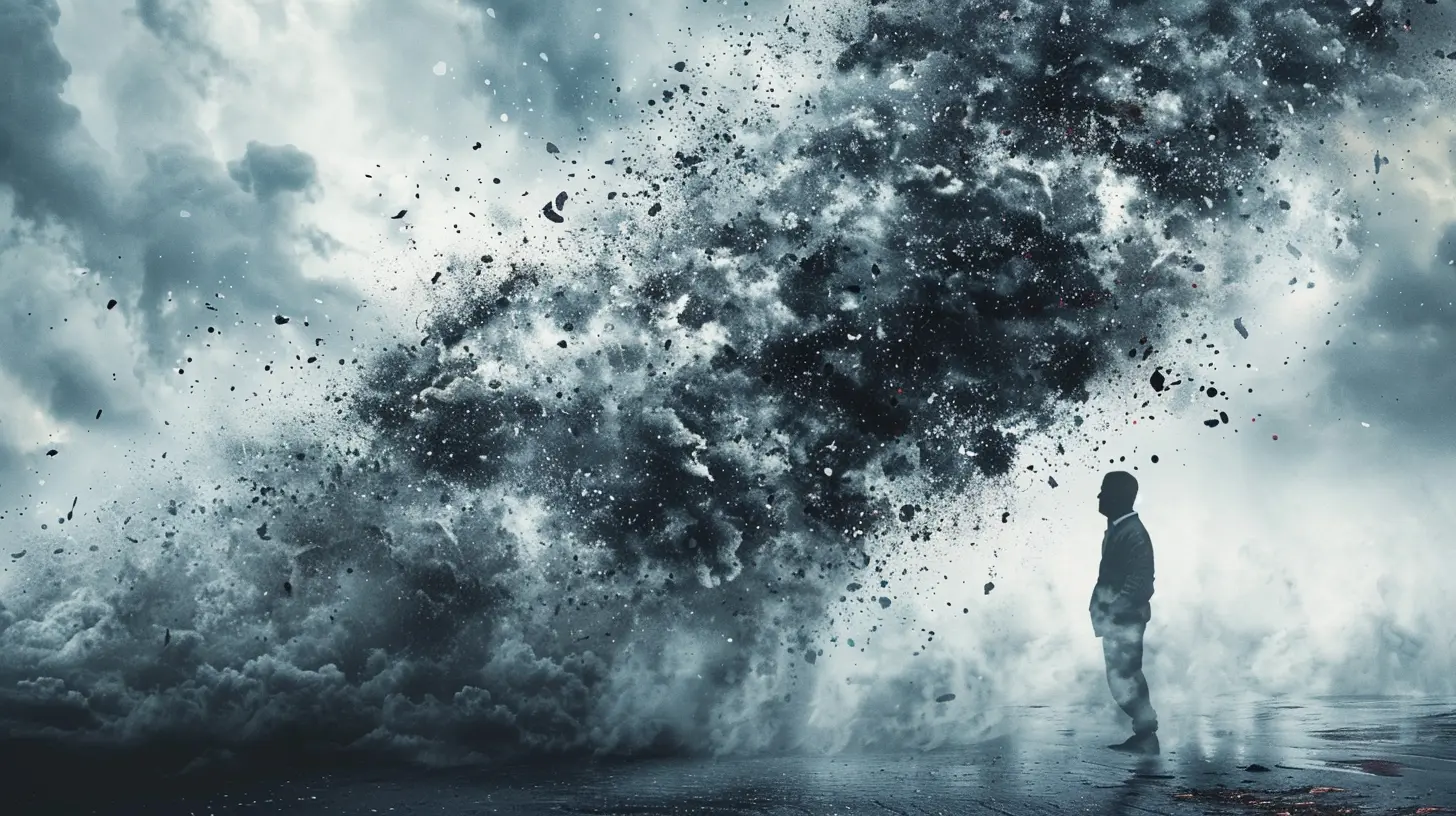Bystander Effect: Why People Don’t Help in Emergencies
6 September 2025
When you think of a crisis – maybe someone collapsing in the middle of a crowded street or a car accident happening right in front of you – it's easy to believe you'd jump into action, right? But here’s the catch: Many people don't. In fact, they freeze or walk away, leaving someone in need of help stranded. This puzzling phenomenon is known as the Bystander Effect.
But why? Why do people just watch when they could take action? Let’s dive into the psychology behind this curious behavior and explore why people often fail to help in emergencies.

What is the Bystander Effect?
The Bystander Effect is a psychological theory that suggests people are less likely to offer help in emergencies when other people are present. It’s almost as if the responsibility to act gets diluted, leaving everyone assuming that someone else will step up. The more people there are, the less likely anyone will intervene.It sounds counterintuitive, doesn’t it? You’d think that if more people were around, the chances of someone helping would increase. But the exact opposite tends to happen. This psychological phenomenon has been studied extensively and continues to baffle researchers and the general public alike.
How Did the Bystander Effect Come to Light?
The most famous case associated with the Bystander Effect is the tragic case of Kitty Genovese in 1964. Kitty was brutally attacked outside her apartment in New York City. Despite her desperate cries for help, none of the multiple people who witnessed the attack called the police or intervened in time to save her life. This heartbreaking event sparked widespread outrage and led psychologists to investigate why so many people failed to act.Through a series of experiments and studies, psychologists John Darley and Bibb Latané coined the term “Bystander Effect” and identified several factors that explain this strange phenomenon.

Why Do People Fail to Help? The Psychology Behind It
Let’s break down the reasons why people tend to freeze or walk away during emergencies. The Bystander Effect isn't just people being heartless or indifferent. There are psychological processes at play that influence our behavior in these situations.1. Diffusion of Responsibility
One of the key reasons people don't help is something called the diffusion of responsibility. Imagine you're in a room full of people, and someone suddenly faints. You look around, seeing dozens of other faces. What’s the first thing that crosses your mind? Most likely, it’s something along the lines of, “Someone else will take care of this.”In large groups, the responsibility to act gets spread across all the witnesses, leaving everyone feeling less personally accountable to help. Essentially, people think, “Why should it be me?” This leads to inaction, even when an emergency is unfolding right before their eyes.
2. Fear of Embarrassment or Judgment
Another major factor is the fear of doing the wrong thing. Let’s face it: Nobody wants to make a fool of themselves, especially in public. What if you try to help someone, but you make the situation worse? Or what if you misread the situation entirely – maybe the person isn’t in as much trouble as you thought?This fear of being judged by others or making a mistake can paralyze people in emergencies. Instead of stepping in, people hesitate, worried about potential embarrassment, which prevents them from taking action when it matters most.
3. Pluralistic Ignorance
Pluralistic ignorance is another crucial factor. It sounds complicated, but it’s pretty straightforward. When people are in a group, they often look to others to gauge how to react. If no one else seems concerned, you might assume that everything is under control, even if something feels off.For example, in the case of a fire alarm going off in a crowded space, you might hesitate to leave because no one else seems to be panicking. You’re not alone in this response – everyone else is probably thinking the same thing. The problem? Everyone is relying on each other’s cues, which leads to collective inaction. No one wants to be the first to "overreact."
4. The Cost-Benefit Analysis
When faced with an emergency, some people might unconsciously weigh the pros and cons of getting involved. This is called cost-benefit analysis. They may think about things like:- Will I get hurt if I help?
- How much time will this take?
- Do I have the skills to handle this?
People tend to avoid situations where the perceived "costs" of helping feel too high. For instance, if someone is being physically attacked, the fear of personal harm might outweigh the desire to help.
5. Deindividuation
In a crowd, people often experience something called deindividuation. This is when an individual feels less personally responsible for their actions (or inaction) because they're part of a larger group. This phenomenon can lead people to behave in ways they wouldn’t normally, simply because they feel less identifiable or accountable.Think about it: Would you be more likely to help if you were the only person around? Absolutely. But when surrounded by a crowd, you feel almost invisible, and the pressure to act diminishes.

Can We Overcome the Bystander Effect?
The Bystander Effect might seem deeply ingrained in human nature, but the good news is that it’s not a fixed trait. Awareness is the first step to overcoming it. Let’s look at some ways we can break free from this psychological trap and become more proactive in emergencies.1. Education and Awareness
One of the best ways to combat the Bystander Effect is by simply being aware of it. When you understand the psychological processes that lead to inaction, you can consciously override them. Knowing that others might not act can empower you to step up.2. Take Responsibility
In an emergency, don’t wait for others to take the lead. Act as if you’re the only person who can help – because sometimes, that’s exactly the case. The next time you find yourself in a situation where someone needs help, remind yourself: "If not me, then who?"3. Be Specific in Requests for Help
If you're ever in a position where you're the one needing assistance, make direct eye contact with someone and give them a specific task. For example, instead of shouting, "Someone call 911!" point to a person and say, "You, in the red shirt, call 911!" This eliminates ambiguity and forces a single person to take charge, which reduces the diffusion of responsibility.4. Practice Empathy
Empathy is a powerful motivator. Try putting yourself in the shoes of the person in distress. How would you feel if you were the one in need? This empathetic perspective can push you to act, even when others are standing idly by.
Real-Life Examples of the Bystander Effect
To make this concept more relatable, let’s explore a few modern-day examples of the Bystander Effect in action.1. The Murder of Kitty Genovese
The case that brought the Bystander Effect into the public eye, as mentioned earlier, was the murder of Kitty Genovese. Despite her screams, the 38 witnesses who heard the attack did nothing to help, assuming someone else would intervene.2. The Case of Wang Yue in China
In 2011, a two-year-old girl named Wang Yue was struck by a van in China, and shockingly, at least 18 people walked past her without offering help. Sadly, the child later died from her injuries. This tragic incident led to widespread outrage and renewed discussions about the Bystander Effect.3. The Good Samaritan on the Subway
On a more positive note, we also see examples of people breaking free from the Bystander Effect. In 2007, Wesley Autrey became a hero when he jumped onto the New York City subway tracks to save a man who had fallen during a seizure. His quick action is a perfect example of how we can all overcome the psychological barriers that hold us back from helping others.Conclusion
The Bystander Effect is a fascinating, though troubling, insight into human behavior. It's easy to think that when emergencies happen, people will instinctively jump into action – but the reality is often more complex. Understanding the psychological factors that lead to inaction can help us become more conscious of our own behavior and, hopefully, encourage us to take responsibility when it really counts.The next time you find yourself in a situation where someone needs help, remember the Bystander Effect. Don’t wait for someone else to act. Be the person who steps up.
all images in this post were generated using AI tools
Category:
Psychological BiasAuthor:

Matilda Whitley
Discussion
rate this article
1 comments
Felicity Black
Great article! The bystander effect sheds light on human behavior in emergencies. Understanding this can empower us to act and make a difference when it truly matters. Thank you!
September 9, 2025 at 2:23 AM

Matilda Whitley
Thank you for your kind words! I'm glad you found the article insightful. Understanding the bystander effect is crucial for encouraging proactive responses in emergencies.


